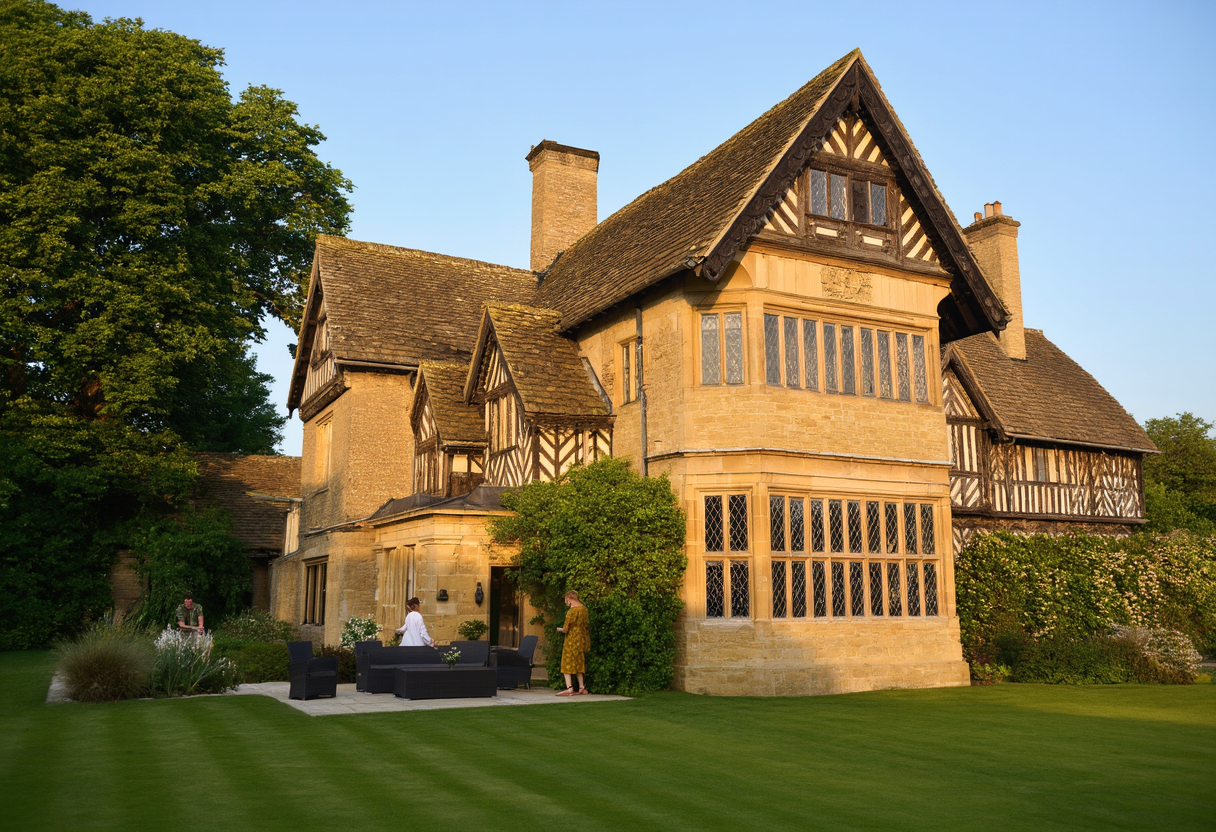Transforming History: The Art of Historic Home Remodel
Revitalizing historic homes through remodel brings a unique blend of past and present. This article explores techniques to preserve the integrity while improving functionality. Understand the importance of materials, architectural styles, and modern amenities in creating harmonious spaces. A well-executed historic home remodel not only increases property value but also enriches community heritage, offering homeowners a chance to connect with their roots.
Understanding the Historic Home Remodel
A historic home remodel is more than just an aesthetic upgrade; it is a complex endeavor that requires careful planning and respect for architectural authenticity. Homeowners often choose to undertake a historic home remodel to breathe new life into venerable structures. This process involves recognizing the unique characteristics of historic homes, understanding their context within the community, and adapting them to modern living standards. Preservationists and architects work together to ensure that the essence of the original design is retained while integrating contemporary elements. In each historic home remodel, it’s essential to maintain the architectural integrity, ensuring that the renovation complements rather than distracts from the original style. Historic home remodelers must also consider materials carefully; utilizing period-appropriate materials can significantly enhance the overall aesthetic and value of these homes.
Preserving Architectural Integrity in Home Remodeling
When embarking on a historic home remodel, homeowners face the challenge of balancing modern convenience with the preservation of original architectural features. Specialty contractors often play a pivotal role in ensuring that significant details, like moldings and window casings, remain intact. Furthermore, the consideration of historical contexts helps in selecting features that highlight the home's unique story. This meticulous attention to detail in a historic home remodel not only protects a property’s value but also enriches the character of the neighborhood. Interestingly, local regulations may also dictate certain preservation requirements, complicating the remodel process. Compliance with these rules ensures that the integrity of the historic home remains intact while allowing for necessary updates.
Modern Amenities: A Necessity in Historic Spaces
Incorporating modern amenities into a historic home remodel can be both rewarding and challenging. Homeowners increasingly desire conveniences such as updated kitchens and energy-efficient appliances while striving to keep the historic charm of their properties. The key is to blend these modern touches with the original architecture seamlessly. For instance, a sleek, contemporary kitchen can coexist with rustic wooden beams or classic tile work. Moreover, innovative technologies like smart home systems can be implemented without disrupting the historical aesthetics. The success of a historic home remodel often hinges on striking this balance; when done correctly, modern amenities enhance the livability and enjoyment of the home without overshadowing its history.
The Economic Impact of Historic Home Remodeling
Investing in a historic home remodel can yield significant financial returns. A well-executed project can boost the property’s market value considerably due to the growing interest in unique, character-rich homes. According to real estate statistics, homes that maintain their historical elements while incorporating modern updates often appreciate at a faster rate. This trend highlights a shift in buyer preferences towards homes with historical significance. Additionally, historic home remodels can stimulate local economies, as they often require skilled artisans, contractors, and suppliers specializing in restoration work. Consequently, they support not just individual home values but also broader community revitalization efforts.
Community and Cultural Significance of Historic Home Remodels
The process of a historic home remodel extends beyond individual properties—it plays a vital role in preserving community heritage and cultural identity. Restoring these homes helps maintain the historical narrative of a neighborhood, fostering a sense of pride among residents. Furthermore, a successful historic home remodel brings communities together, often engaging local artisans and craftsmen in the restoration process, thereby enhancing social connections. These remodels also promote education about architectural history, encouraging residents and visitors alike to appreciate the artistry involved in these classic designs. Engaging in such projects helps communities safeguard their heritage while adapting to contemporary needs.
Your Guide to a Successful Historic Home Remodel
If you’re contemplating a historic home remodel, preparation is essential. Start by researching historical building codes and regulations in your area. Collaborating with professionals who specialize in historic renovations can provide insight into appropriate methods and materials to use. It’s also wise to follow trends in sustainable practices that align with modern expectations while honoring historical integrity. Setting a well-defined budget that accommodates potential unforeseen costs can help ensure the remodel process runs smoothly. Lastly, it is crucial to develop a timeline that accounts for both the detailed work and historical assessments necessary for a successful outcome. By adhering to these guidelines, homeowners can embark on a historic home remodel journey confidently, ensuring a perfect blend of the past and present.
